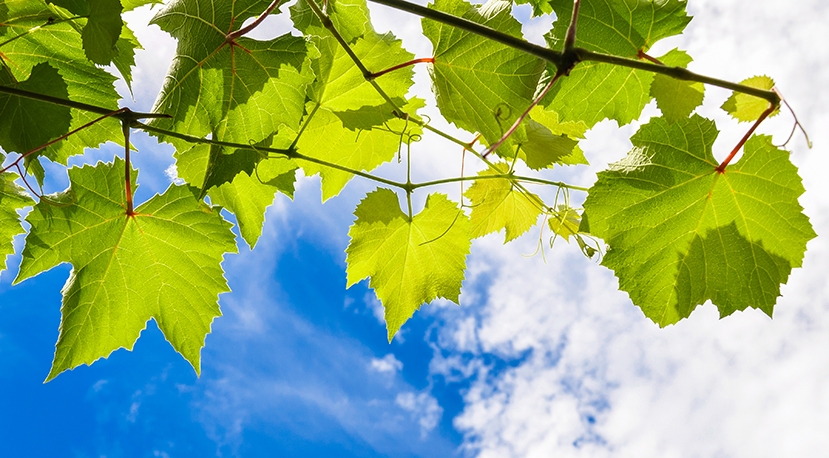BLOG
An Introduction to the Rich Viticultural Heritage of Italy
Michèle Shah
Viticulture Insights

Italy has a rich and diverse history of winemaking, old vines and traditional grape varieties that contribute to the country's ancient wine culture, which has evolved throughout the centuries.
Perhaps its biggest viticultural change and subsequently loss of old vines came in the 1960s with the transformation and mechanization of Italian agriculture, coinciding with the phasing out of sharecropping, when many traditional forms of cultivation (bush-vines, goblets, pergolas,) planted after the advent of phylloxera, were replaced by specialised forms of cultivation. This change brought with it a trend to plant more international varietals which over the last 10-15 years led to a further disappearance of many older vineyards. Despite this, it is claimed that Italian viticulture has a very high average age (around 25-30 years).
Italy’s wine-growing heritage is still little-known, its historical vineyards, many over 50-60 years old are often located in areas of great landscape or cultural impact. Most regions have a presence of old vines, from Trentino, to Piedmont, Tuscany, Apulia, Sicily and Sardinia, but to-date Italy still lacks a database of old vineyards.
The Colli Orientali del Friuli DOC in north-east Italy are one of the few appellations in Italy to have completed a census of their old vines which covers an area of about 2000 hectares with 23 authorized varieties, including 5 sub-zones and 3 DOCGs. The surface area of vines cataloged over 35 years old exceeds 60% of the entire area including some 100-year-old vineyards.
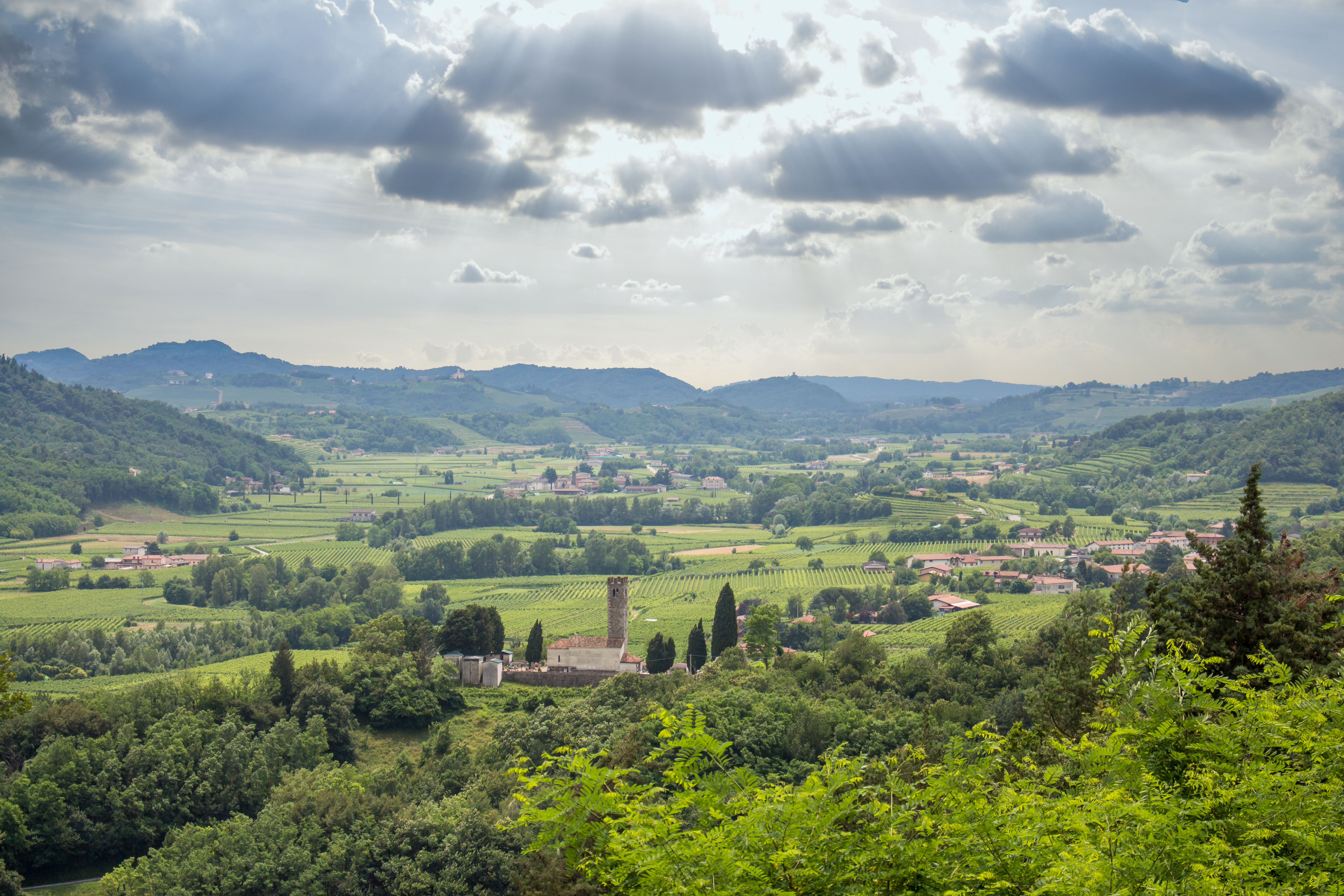
“The mapping of our old vines has taken us over 10 years and is a continuous process. The more information we have about our vineyards the better we will be able to tell the story of our appellation and preserve it by defending and highlighting its uniqueness and complexities. The adaptability of the vines is an indicator of the health of the soil and the vocation of this area,” says Matteo Bellotto, Brand ambassador to Consorzio Friuli Colli Orientali.
Italy’s islands such as Sardegna and Sicily’s Etna testify to a significant number of old vines. In particular, the volcanic area of Etna bears good witness to century old, un-grafted, pre-phylloxera vines, its soils being more resistant to phylloxera infestations. I Vigneri’s century old un-grafted vines, like those of other benchmark wineries: Benanti, I Custodi and Cusmano’s Alta Mora estate produce wines dedicated to century old single vineyards that contribute to the overall sense of terroir and its winemaking history.
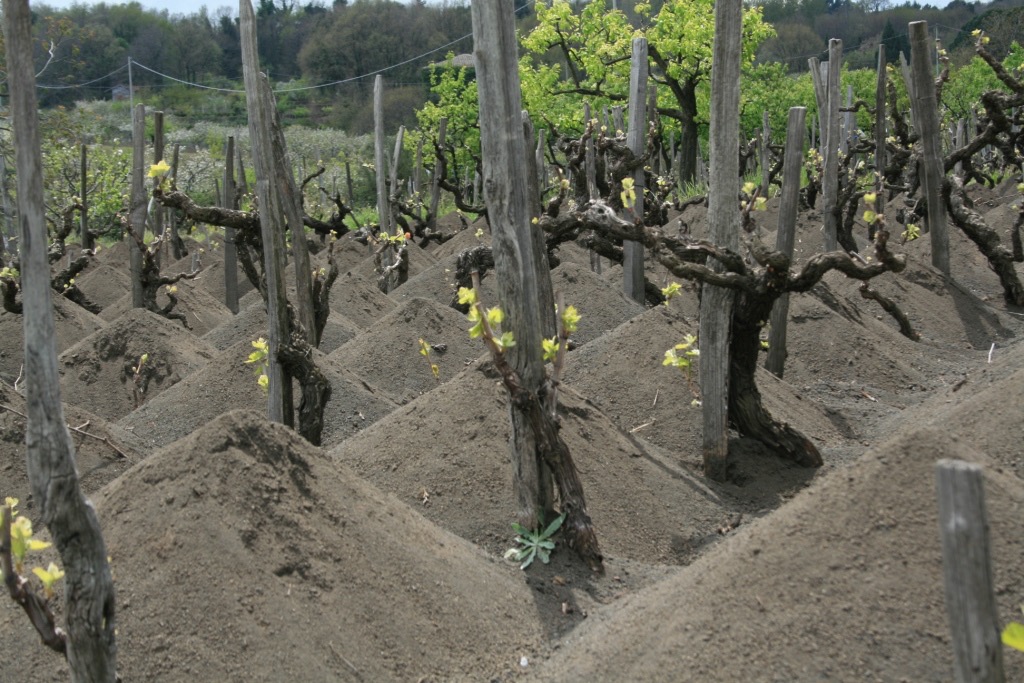
“Older vines are more present in southern regions, not only because they are less affected by the trend of renewal, but also because they apply a pruning technique that protects them from the serious risks of wood diseases (esca and eutipiosis), the real enemies of vineyard longevity today,” explains Prof. Attilio Scienza.
Other characteristics that allow southern vineyards to survive longer, is that of lower yields, less risk of hailstorms or frost damage. According to Prof Attilio Scienza, one of Italy’s highest authorities in viticulture, vineyards in northern areas of Italy are often subjected to higher yields, (excessive fertilisation, irrigation, higher bud loads, etc.) Yet, even in these southern regions the modernisation of vineyards is pressing on: old saplings that cannot be mechanised are being replaced, varieties that are not very productive are being replaced and an older generation of wine-growers are no longer there to defend their heritage.
Feudi di San Gregorio in Campania has chosen to unveil the history of their terroir and old vines through the ‘storytelling’ of a contemporary and collective vision. “In a world where everybody talks about sustainability and looks for “a rubber stamp” to prove its adherence to sustainable practices, Serpico’s story is a manifesto. It proves the quality of the terroir - soils, climate and men - and at the same time is a living example of long term preservation and regeneration practices. The genetic and historical value of the Serpico vines is enormous. It connects to the human landscape of Irpinia, it connects to all our studies on climate changes challenges and on our genetic studies on the best biotypes of Aglianico giving us the opportunity to have a pre-phylloxera internal farm for new vineyards,” explains Antonio Capaldo, owner of Feudi di San Gregorio.
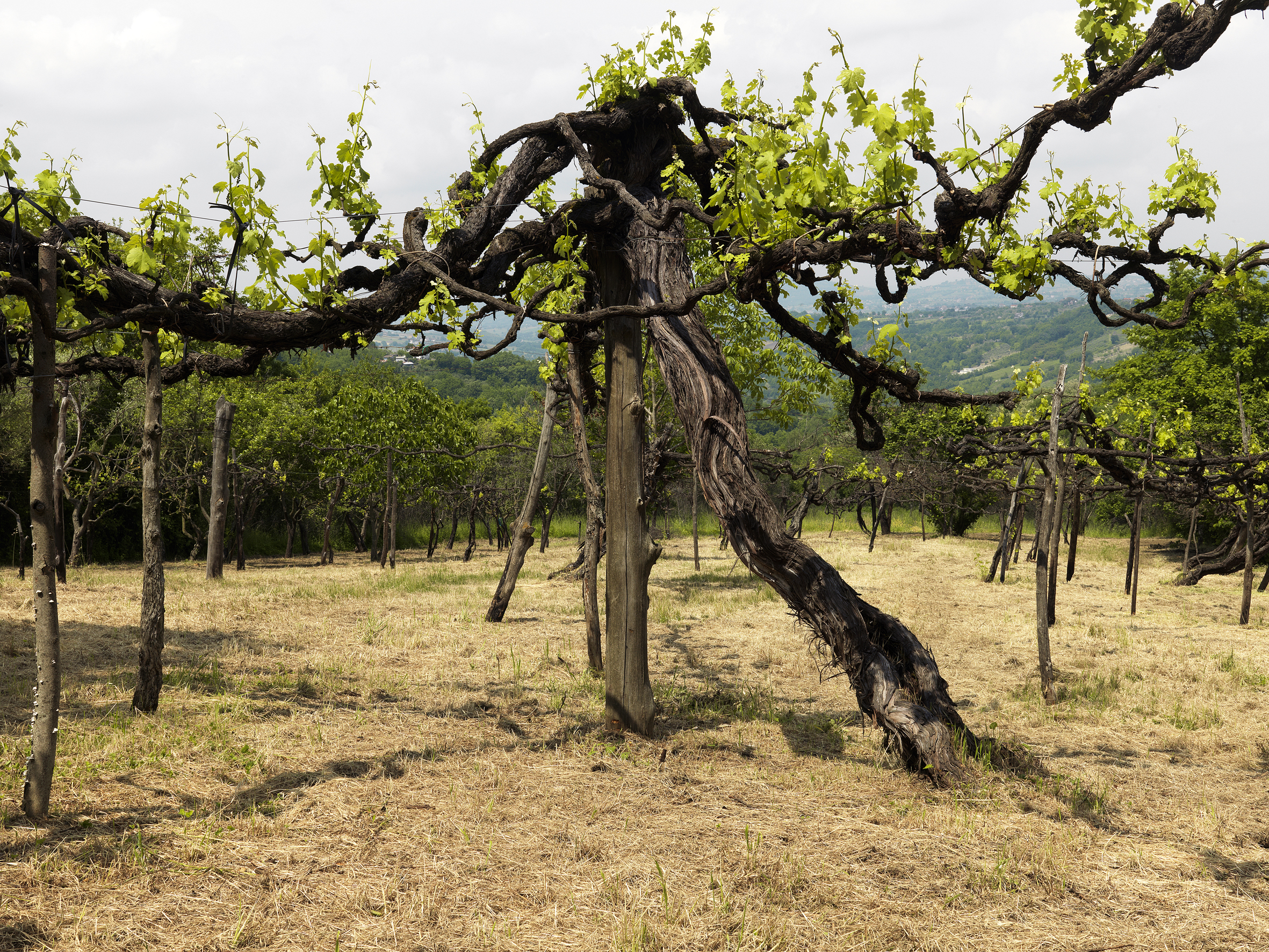
One of Italy’s most prestigious regions which only gained notoriety in the last 50 years is Montalcino in Tuscany. According to information published by the Consorzio del Brunello, more than half of the vineyards registered are under 20 years old.
According to Francesco Marone Cinzano, owner of the Col’d’Orcia estate in Montalcino owner of two vineyards of Brunello Sangiovese planted in the 1980s, 'Gineprone' and 'Fontillatro', it is very important to safeguard the genetic heritage and in particular the biodiversity of multiple clones within a single variety. “Something that is becoming ever more difficult because nurseries tend, for commercial reasons, to reproduce only a small number of clones, limiting themselves to those most in demand. We risk that in a few years there will only be a dozen more Sangiovese clones available in production,” says Marone Cinzano.
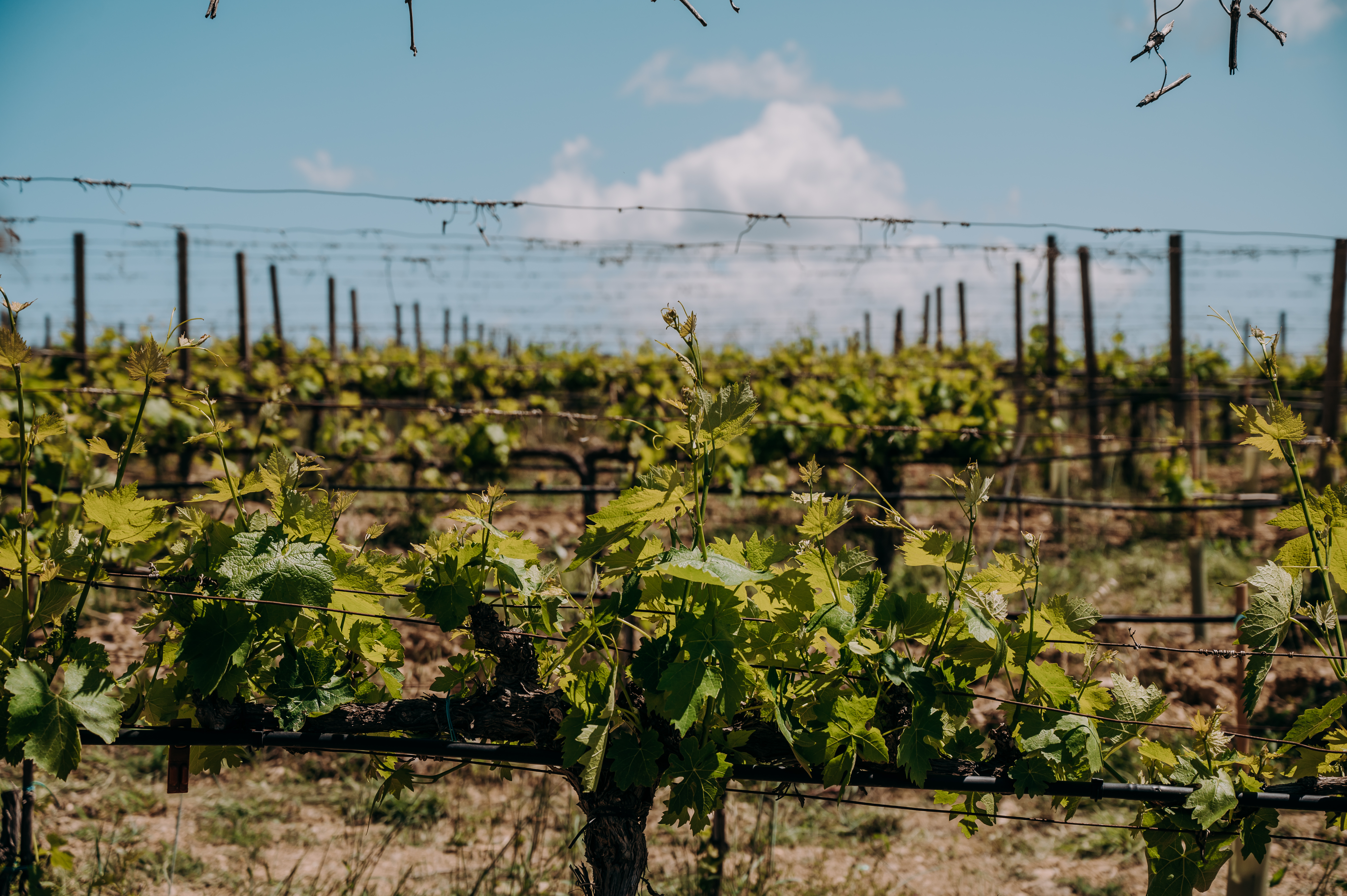
Moving further north toPiedmont, up until the end of the last century the oldest vineyards over 20 or 30 years old were replaced with new, more productive plantings. In recent years, however, there has been a growing realisation of the merits of these vineyards, namely greater resistance to both disease and drought and, above all, a lower production that coincides with exceptional grape quality.
Vinchio-Vaglio was one of the first cooperatives in Piemonte to realise this potential, and as early as 1985 it set out with its own project called 'Vigne Vecchie', aimed at identifying the best Barbera vineyards over 50 years old, yielding a complex, age-worthy Barbera d'Asti.
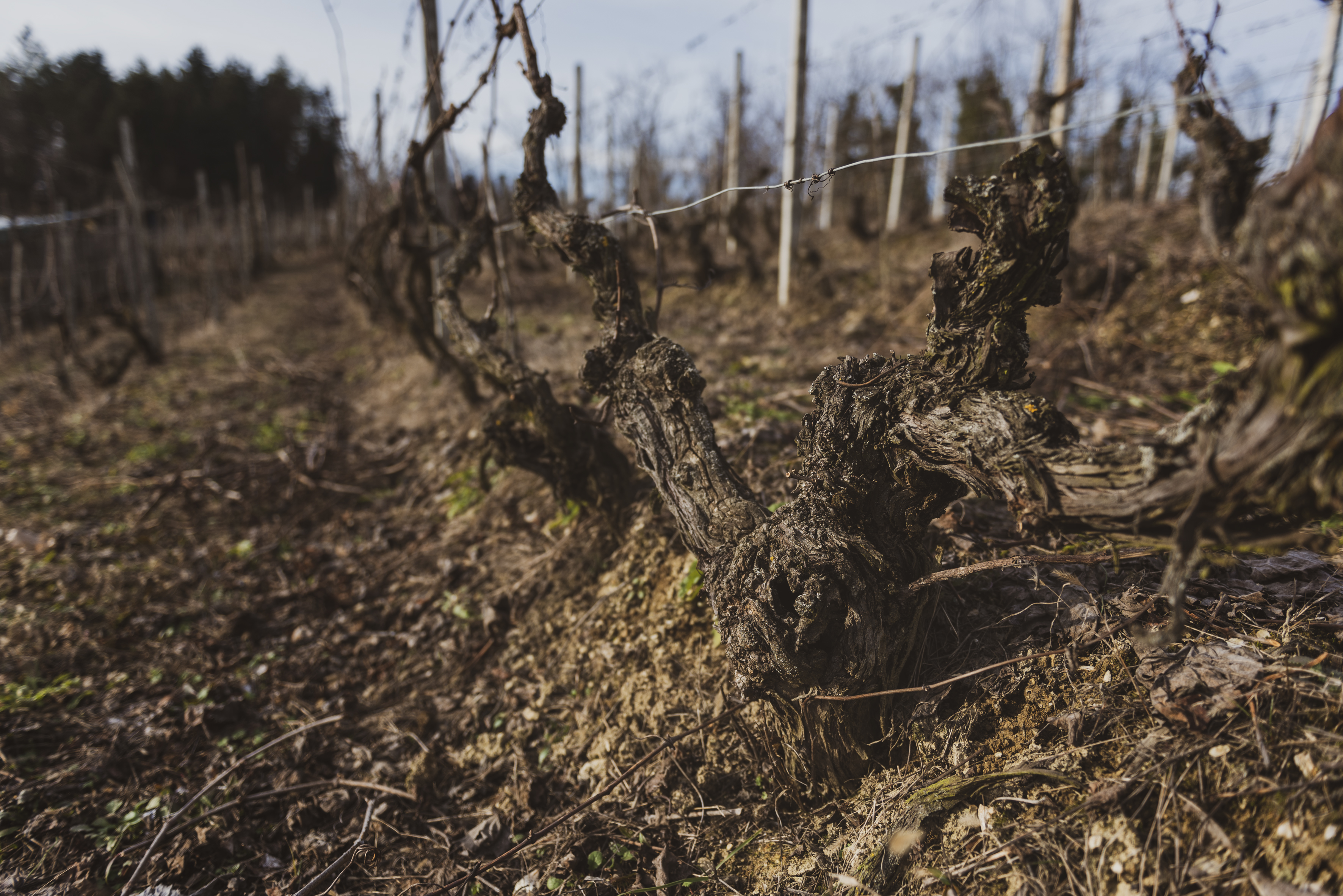
“Our members are committed to protecting these vineyards, which are now over 80 years old, and the winery for its part offers a higher remuneration for these grapes to guarantee a stable income for the producer,” says Marco Giordano, DG of Vinchio Vaglio. A concern that was also voiced by Claudio Gini in Veneto’s Soave, pointing out that the price paid for grapes from older vines are often remunerated on the same terms as for grapes from younger vines. “This factor gives very little commercial motivation to growers of old vines as they are not justly rewarded, which in itself is a problem that needs to be addressed,” says Gini
In Trentino, at the foothills of the Dolomites, the San Leonardo estate tend to century old Carménère vines, experimenting directly in the field with new grafting techniques often based on the past, creating mass selections from those very vineyards that have given the best results over time, both in terms of quality and in terms of durability and resistance.
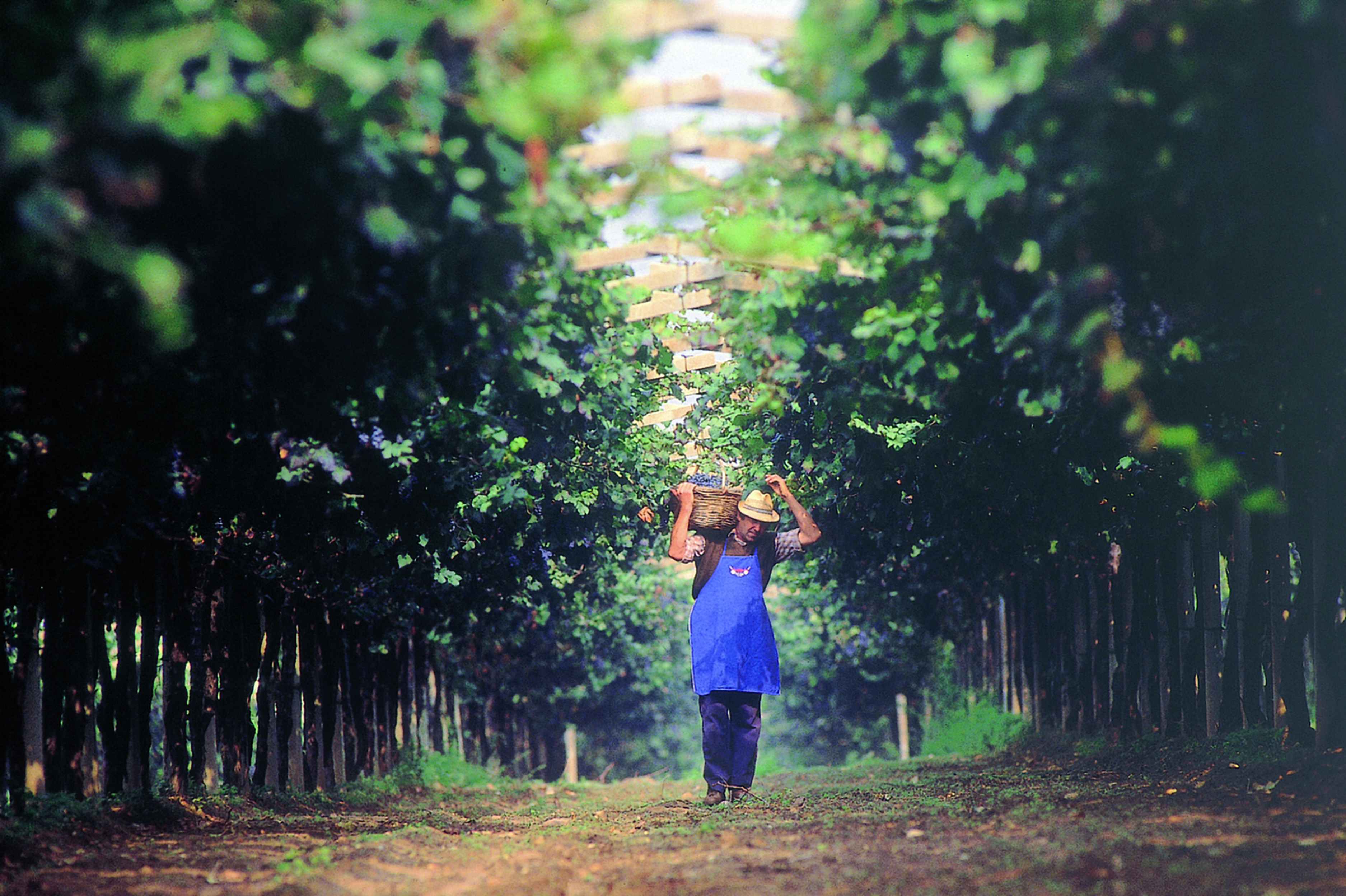
Looking to the future Anselmo Guerrieri Gonzaga owner of San Leonardo underlines that it is undoubtedly complex safeguarding vineyards beyond fifty years of age, diseases which have arisen in recent times puts them in great difficulty, but in his own words; it’s worth every effort, because the results are unequivocally reflected in the glass.
Learn more about old vines on WSG Studio with The Old Vines Conference co-founder:




